As colder temperatures and the season of ice and snow approach, well, actually, it’s already here; it’s not approaching anymore—it came in full force. You guys, I’m not ready for this. We’ve already got 12 inches of snow, and it’s not even Halloween. So, this is going to be a very long winter. Anyway, when it gets like this, there are some things that you should be thinking about when it comes to flying your drones.
So today, I’m going to give you the five most important winter flying tips that will make flying safer and more fun for you. Now, I’m going to be using the DJI Mini 4 Pro for demonstration purposes today, but these tips can apply to just about any drone. So, let’s get started.
Hi, everyone! Welcome back to the channel. If you happen to be here for the very first time, my name is Russ. This is 51 Drones, and I do drone tutorials, comparisons, reviews, and all sorts of other things like that. So, when you’re done watching this video, go ahead and browse the channel. And if you feel like it’s a place where you’re going to find value, consider subscribing.
Drone Battery Care in Cold Weather
Now, because I live where it’s winter almost six months out of the year, I have a lot of experience when it comes to flying in temperatures where it hurts your lungs to breathe, and you can barely talk sometimes. My first tip for you is something that I learned almost seven years ago when I first started flying, and it’s regarding the batteries. You see, it’s not your drone that has difficulty flying in cold temperatures; it’s actually the batteries that require special care to ensure that they last as long as possible.
Flying in cold temperatures occasionally is not that big of a deal, but the concern comes for people who are constantly flying in subzero temperatures, causing long-term degradation on their batteries if they aren’t taken care of properly.
Now, is your drone going to suddenly fall out of the sky if you happen to fly with a very cold battery, you know, a battery that’s been stored outside in subzero temperatures? I’ve never actually seen or heard of that happening, but there’s always a greater risk of something bad happening if you don’t follow the guidelines set by the manufacturer.
I’m sure you have seen many videos telling you to keep your batteries in your pocket until right before you use them or maybe in a warm vehicle or maybe in a case with some hand warmers attached to it or something. I’ve actually recommended that here on the channel a few years ago, and they’re all great ideas.
But the best thing that you can do, whether it be with a cold or even a warm battery, is that once you launch your drone, give it just a couple of minutes to hover in place. What this will do is allow time for the battery to warm up on its own and give you time to ensure that everything is operating normally and there are no warnings that pop up on the app before you fly your drone away.
So, you really don’t have to hover it very long, maybe 30 seconds, maybe 60 seconds max, and that’ll give time for that battery to warm up to the minimum operating temperature guidelines set by DJI. Right now, it’s only 20-25 degrees Fahrenheit outside, so it’s not going to take very long at all for this to warm up.
If it’s zero degrees, it takes about a minute for the DJI Mini 4 Pro, at least, to warm up. So right now, let me check the battery life here. I don’t have my screen recorder on, but, or excuse me, the battery temperature, yeah. So, we’re already at 15°C, so we’re good to go. Let’s go ahead and get it up and get to flying.
Reduced Flight Time In Cold Winter Weather
Now, the lowest recommended temperature to fly in that DJI states for most of their drones produced in the last few years is 14°F. But I have actually flown in -15°F with almost no trouble at all, except for one thing.
I would say that the most important factor to consider when flying your drone in freezing temperatures is the reduced flight time and rapidly depleting battery that you will experience.
The colder it is outside and the thinner the air is, the less time you’ll be able to fly on a single battery. Your drone will require more energy to stay Aloft, and this will tax the battery more than normal.
This summer when I got the DJI Mini 4 Pro, I did a flight time test from 100% to 2%, and it performed extremely well. It got, I want to say, 82% or 84% of the advertised flight time, which is really, really good for DJI drones.
They’re really getting into that 80% of advertised flight time right now. But what I want to see now is, it’s 15°F, I think 14-15 degrees Fahrenheit. I want to do that same test, go from 100% down to 2%, and see how much it diminishes your flight time just due to the temperature alone.
The conditions otherwise are pretty close to the same; there’s a slight breeze today. So, we’re just going to check it out and see what percentage difference it is between warm temperatures and cold temperatures. So, let’s get the DJI Mini 4 Pro up in the air, and I’ll screen record it, then I’ll fast forward through it, and we’ll see what kind of flight time we can get.
Okay, that was pretty impressive, 34 minutes. Of course, the conditions were really nice today. It’s a really nice day, actually. I know it’s only 15°F, but it really doesn’t affect flight time too much when it’s 15. It hasn’t gotten that cold yet. When it gets down to like zero or like three below, then I’d like to really see how much that affects the battery life of the DJI Mini 4 Pro. But this drone continues to impress me, you guys. It’s so, so good.
Fly Your Drone Within Visual Line Of Sight (BVLOS)
The easiest way to mitigate any harm coming to your drone is to fly your drone within visual line of sight. I know it’s very common; everyone does it, to fly further away than you can see your drone. But I can’t stress enough how you really need to keep your drone close to you in freezing temperatures.
The battery can deplete suddenly, and if it does, you want to be able to get it back to you. So, flying in close proximity in freezing temperatures is vital.
Drone Pilots Need To Stay Warm
All this talk about taking care of your drone in freezing temperatures, but we also need to talk about taking care of yourself. It may sound like common sense, but it should be considered because some people who may not be used to flying in cold temperatures might not realize how quickly the temperature can affect your body as well as your ability to control your drone.
You have to have a good pair of gloves, you guys. When you’re flying a drone, your hands and your fingers get cold, and it becomes very difficult to maneuver the sticks, which can cause all kinds of problems. So, find yourself a good pair of touch-sensitive or photography gloves.
Now, I’ve used these gloves from PGY Tech for almost 4 years, and they are awesome. I don’t have them right now because someone in my house stole them, and I can’t find them, so I’m just wearing my work gloves right now.
I wanted to try something new; I’ve never had these before. I wanted some heated gloves, so I actually just ordered this pair of rechargeable heated gloves right here. They have touchscreen capability, and I ordered them based on a recommendation from one of my viewers. I’m told that they are amazing for the price, so I figured I would try them out, especially since they had a coupon available right now.
I’ll update you in the comments once I get them and have a chance to try them out. If they’re not very good or they don’t last very long or they don’t keep my fingers warm, I’m going to send them back, but I’ll let you know. So, watch the comments on that. If you just can’t wait to hear what I have to say about them and you like the looks of them, I’ll put a link in the video description if you want to check those out.
Fly From Inside Your Car
The other recommendation that I have for you to keep yourself safe when flying in temperatures and conditions like this is to fly from inside your vehicle. It’s Legal, it’s totally safe, and as long as you keep your drone within visual line of sight, there’s nothing wrong at all with it.
People do it every day, even in warm temperatures. The only thing to be aware of is that your signal strength between your controller and your drone might be slightly affected because you’re basically sitting in a big metal box. But not usually, if you keep that drone within visual line of sight, if you keep it close to you, you’re going to be just fine.

Foggy Days In The Winter
As the temperatures decrease, there tend to be more days when there is fog. I’m sure you’ve seen many videos of someone flying through or even over the fog; it looks amazing, it’s so beautiful, and it’s very tempting to do it when you happen to have fog wherever you are.
But just remember that fog is basically a cloud, and there are a couple of reasons not to fly in a cloud or in fog. The most important reason to avoid fog is the safety factor. The FAA actually prohibits anyone from flying their drone in or even near fog.
You’re flying blind, and if there happens to be a manned aircraft flying through that same fog at the same time, they are basically flying blind as well. It’s very risky and could lead to catastrophe.
The second thing to be aware of when flying in or near freezing temperatures in fog is the moisture factor. Moisture from the fog will freeze onto your propellers and even onto your drone, and as the ice builds up, your drone won’t be able to maintain flight.
It will throw the drone off balance, and it could come suddenly crashing to the ground. I remember flying in some very thick, heavy fog when I first got my Mavic Pro, and back then, when I first started flying, I was clueless about the effects of fog on my drone.
When I got my drone back to the ground, it had this thick layer of ice on the propellers. Thankfully, everything was fine, but if I had left it in the air much longer, I’m pretty sure it would have crashed.
And the comments on that video, people were scolding me like nothing else, saying, “What an idiot, dude! You can’t be flying your drone in the fog like that.”
So, I learned my lesson after that day. Again, I know it looks really, really beautiful, but try not to fly in fog, especially when the temperatures are near freezing.
Moisture Can Damage Your Drone
Now, talking about moisture, there’s another factor to consider when flying in freezing temperatures, and that’s condensation. Condensation can occur when you take an object that has been in freezing temperatures for a while and then place it in a warm environment.
For instance, if you wear glasses, think of how they fog up when you come inside from being out in the freezing temperatures—they fog up, right? Well, this happens to just about everything, and when it happens to a drone, it can be pretty damaging to the internal electronics of the drone.
Going from warm to cold is not a big deal, but when you get done flying your drone in freezing temperatures and then bring it inside to a nice warm vehicle or maybe your nice warm home, there will be condensation buildup that could damage your drone.
When possible, try to transition your drone gradually from freezing to warmer temperatures. You can place your drone in a cold vehicle for a while when you’re done flying or in your garage that happens to be just a little bit warmer than outside but not as warm as in your house.
I’ve even heard of people putting their drone in a Ziploc baggie while they’re outside, and then when they bring it in, it gradually warms up. I’ve even heard of people putting their drone in the fridge when they get home, just so it warms up more gradually.
A gradual warm-up is the best method. However, if you just don’t have the ability to do that, make sure that when you do get your drone into a warm area, you wipe it down every so often or maybe place it in front of a fan to keep the moisture to a minimum.
The bottom line is don’t just pop it in your case and bring it into your nice toasty warm house and forget about it. Doing that on a regular basis is pretty bad for your drone.
Get A Landing Pad
The other tip that I have for you is very, very simple: when you are flying in conditions like this with a lot of snow on the ground, get yourself a landing pad, especially if you’re not comfortable launching your drone from your hands. Get a landing pad, set it on the snow, and then launch from there.
You don’t want to land or launch your drone from the snow because it will suck moisture into the electronics and that can ruin your drone. So, get a landing pad; they’re super cheap. I can’t recommend it enough, especially if you don’t like to hand launch or hand catch your drone.
Hit that like button if you received any value from this video, subscribe for more drone tutorials, and check out all of the equipment that I use to make this video in the video description.
Give-a-Way
Hi, everyone, for those of you who stuck around and watched the entire video all the way through, I’m going to do a Giveaway today. I’m going to start doing that because I have so much stuff cluttering my studio that I need to start giving stuff away.
I’m going to do them unannounced, so I’m going to just put them at random spots throughout my videos for the rest of the year. So, if you want to win something really cool, make sure you watch my entire videos in their entirety because that really helps the channel, plus it’s going to give you an opportunity to win some great stuff.
What I’m giving away today is a Remote ID module. This is from Zing. I just did a video on it. This is a $179.99 value, you guys. So, even if you don’t need a module, you can win this and resell it on eBay or whatever you want to do.
All you have to do to be eligible to win this is, what I’d like you to do, guys, is watch another one of my videos after this one. So, go down into the playlist or whatever onto my page, watch another one of my videos, and then comment here on this video which of those videos you watched.
That’s all you have to do. You can even tag it if you want to, you can put a link for that video in the comments, you know what, why don’t we do that?
Why don’t you put a link for whichever video that you watched of mine after this one and put those in the comments? Everyone who does that in three days from now, I’m going to pick a winner out of the comments, and then I’m going to ship the Zing remote ID module to you.
I’m sorry; this is only eligible for people who live in the United States at this time. So, thanks again, you guys, for supporting the channel. I don’t know how else to thank you except for giving away some things.
So, have a great day, everyone, and we’ll see you soon. And watch this video next because I know you’re going to love it. Thank you for watching the entire video, everyone. Have a great day, and as always, fly safe, and fly smart.
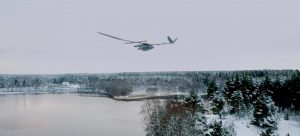
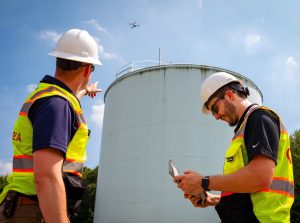



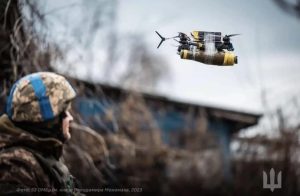


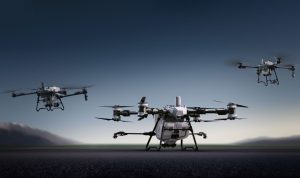


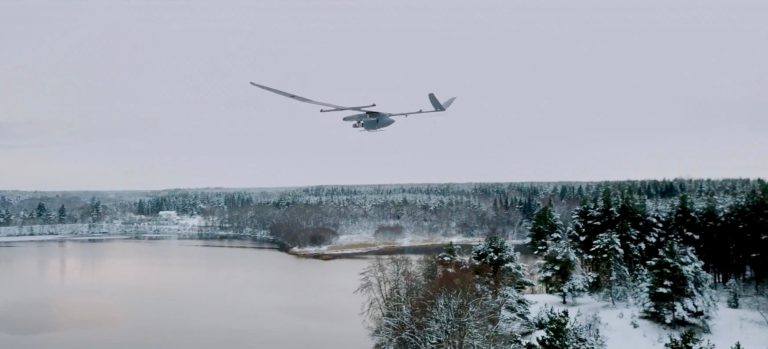
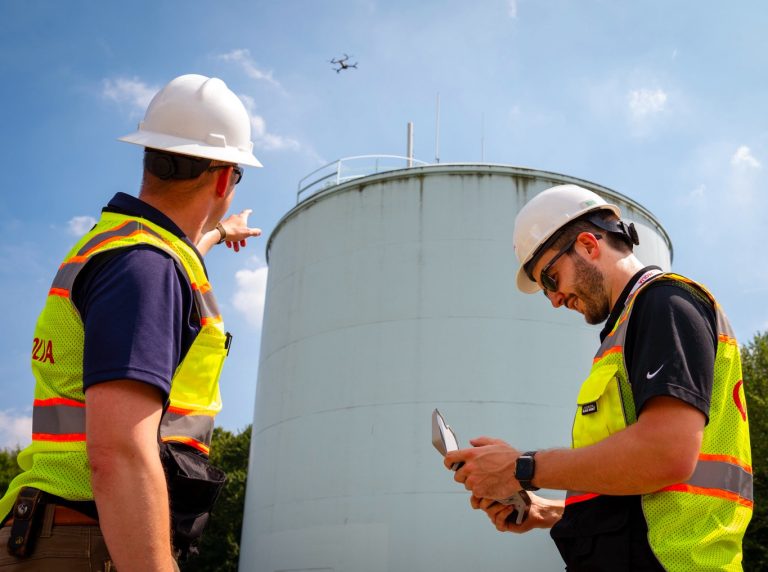

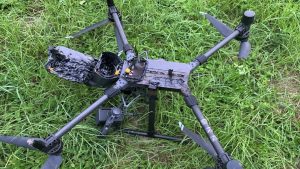
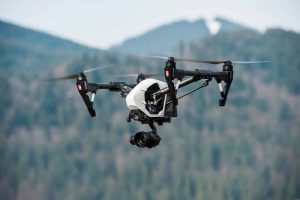


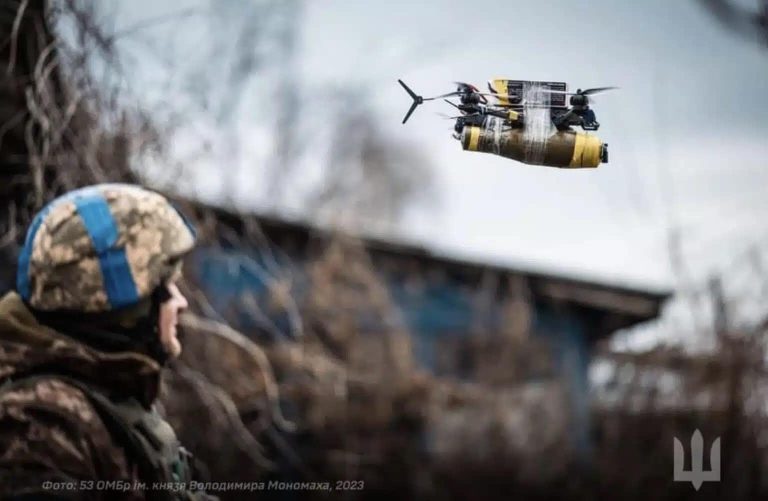


+ There are no comments
Add yours